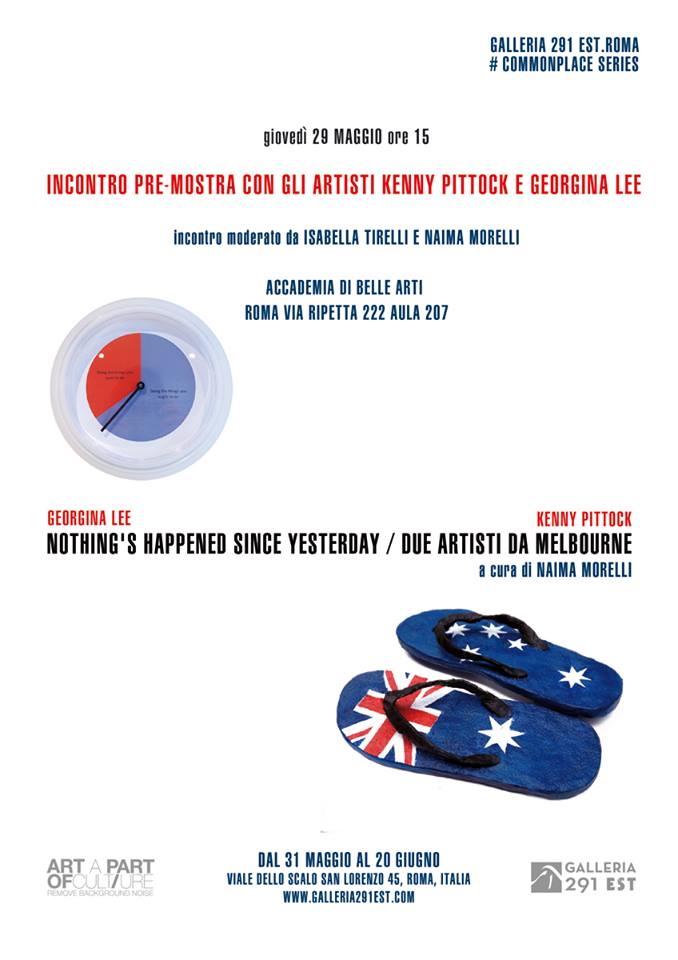
Giovedì 29 maggio ore 15
incontro pre-mostra con gli artisti Kenny Pittock e Georgina Lee
incontro moderato da Isabella Tirelli e Naima Morelli
Thursday May 29 , 3 pm
pre-exhibition talk with artists Kenny Pittock e Georgina Lee
talk moderated by Isabella Tirelli and Naima Morelli
Accademia di Belle Arti
Roma via ripetta 222 Aula 207
Giovedì pomeriggio all’Accademia di Belle Arti di Roma si terrà il talk degli artisti australiani Kenny Pittock e Georgina Lee. La discussione, che coinvolgerà anche gli studenti, verterà sulle peculiarità del sistema dell’arte australiano rispetto a quello italiano e sul percorso artistico degli artisti emergenti in entrambi i paesi.
Nel corso dell’incontro gli artisti discuteranno la propria pratica artistica in vista dell’imminente mostra alla Galleria 291est, curata da me nell’ambito della rassegna Common Place. Inoltre, codiuvata dalla Prof. Isabella Tirelli, fornirò una breve introduzione del contesto australiano basandomi sulla mia ricerca condotta a Melbourne nel corso del 2013.
A talk by artists Kenny Pittock and Georgina Lee will be held at Rome’s Art Academy on Thursday afternoon. The discussion with the students will focus on the peculiarities of the Australian art system compared to the Italian one and on the emerging artists’ path in both countries. The artists will also talk about their work for their upcoming exhibition at Galleria 291est, Rome, curated by me for the Common Place series. Together with lecturer Prof. Isabella Tirelli, I will also give an introduction to the Australian context based on my research on the Melbourne art scene.
Read More
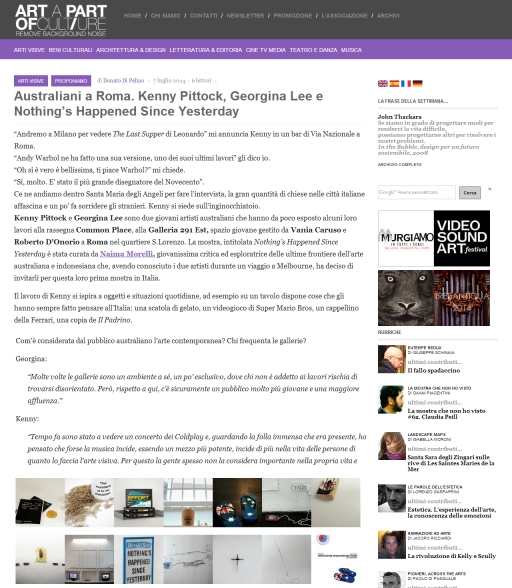
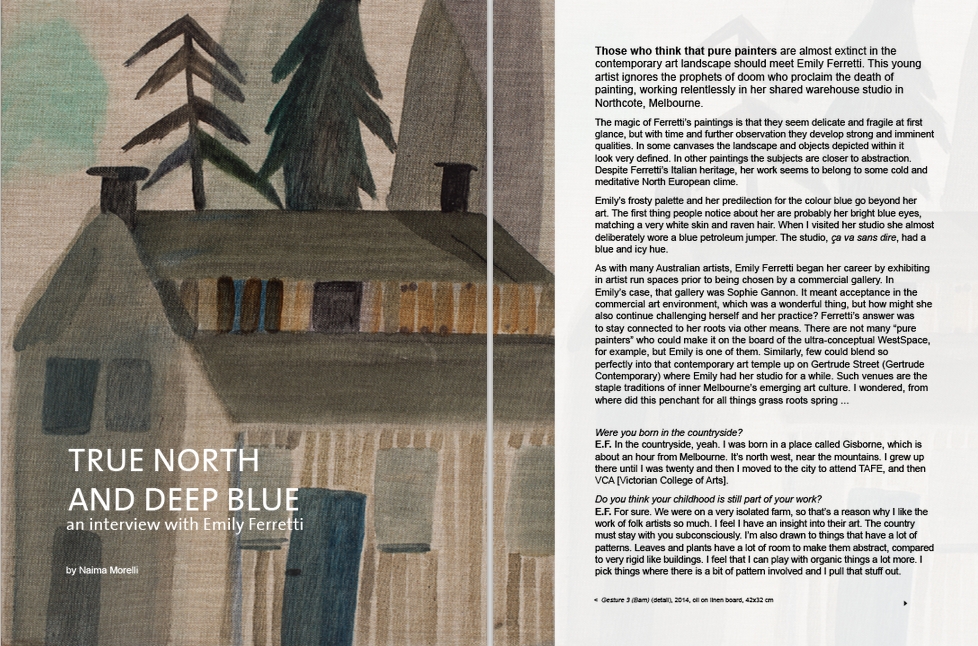


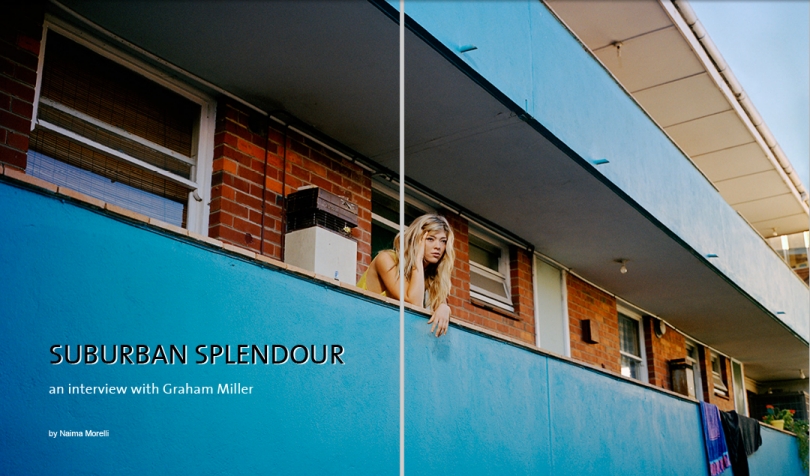




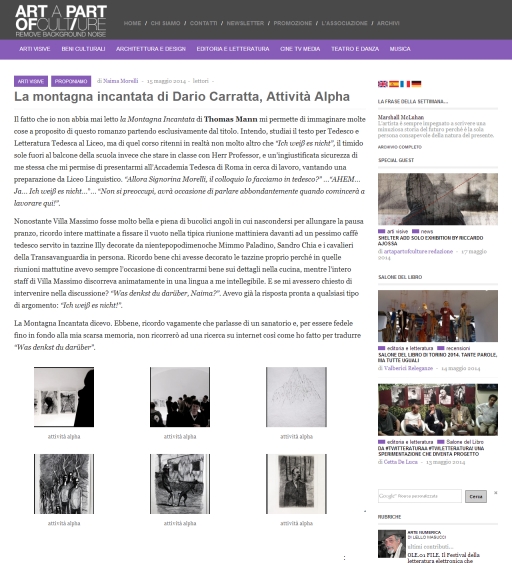
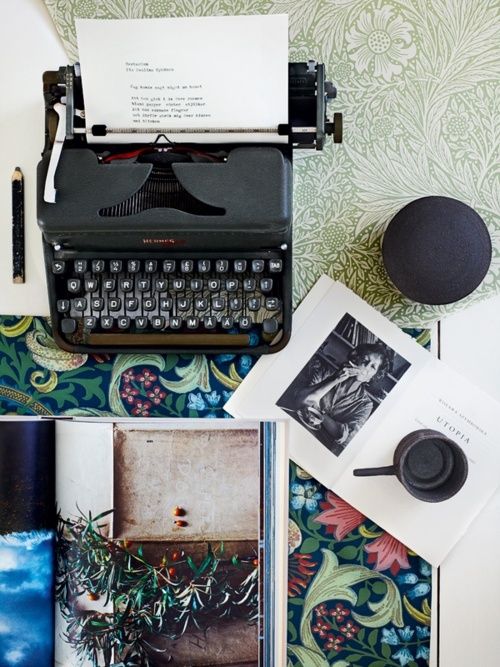




Published! Contemporary art and climate change on Global Comment
The web magazine Global Comment has just published my article “Is contemporary art effective in spreading awareness of climate change?”. It is my first collaboration with this magazine.
Here the link to the article
Read More